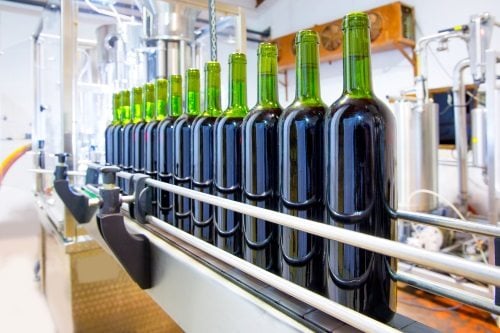The global alcohol ingredients market, which covers flavors, colors and other ingredients for beers, spirits and wines, is expected to see steady growth despite the dominance of a few companies, according to a report by Frost & Sullivan entitled Analysis of the Global Alcohol Ingredients Market.
While flavours remain the biggest segment in the market, strong growth is projected in the “other ingredients” segment due to booming demand for yeast and enzymes.
Geographically, the focus is expected to increase on developing regions such as Asia Pacific, where consumer spending on alcohol is rising.
Understanding the traditional and cultural tastes and preferences of consumers in these regions will be crucial to take full advantage of this trend.
The report finds that the market earned revenues of US$989.2 million in 2013 and estimates this to reach US$1.18 billion in 2019.
While Western markets – Europe in particular – are the largest consumers, the strongest growth potential is presented by emerging markets such as Asia Pacific, South Africa and Latin America.
Spirits have the largest market share of alcohol beverage ingredients, mainly driven by the extensive use of flavours.
“As innovation is a key success factor in the alcohol beverage industry, new product development is likely to gain pace in the ingredients space,” said industry analyst Tosin Jack.
“Brand image and customer loyalty will also drive growth, with consumers embracing authenticity and sticking to products they know best.”
However, the decline in alcohol consumption in developed regions reduces the incentives for manufacturers to invest in production, thus, stifling innovation and restraining alcohol ingredients market growth.
Campaigns launched to tackle alcoholism also hamper market expansion.
Further, price volatility and limited availability of raw materials to manufacture alcohol ingredients are challenging market participants.
“Within this scenario, finding ways to add value to the alcohol ingredients on offer, and providing robust technical support, will be of utmost importance,” said Jack.
“For companies with a global presence, consolidating with regional and smaller companies that have substantial knowledge of the local market will allow them to tailor alcoholic beverage production to suit varying regional and local tastes.”










